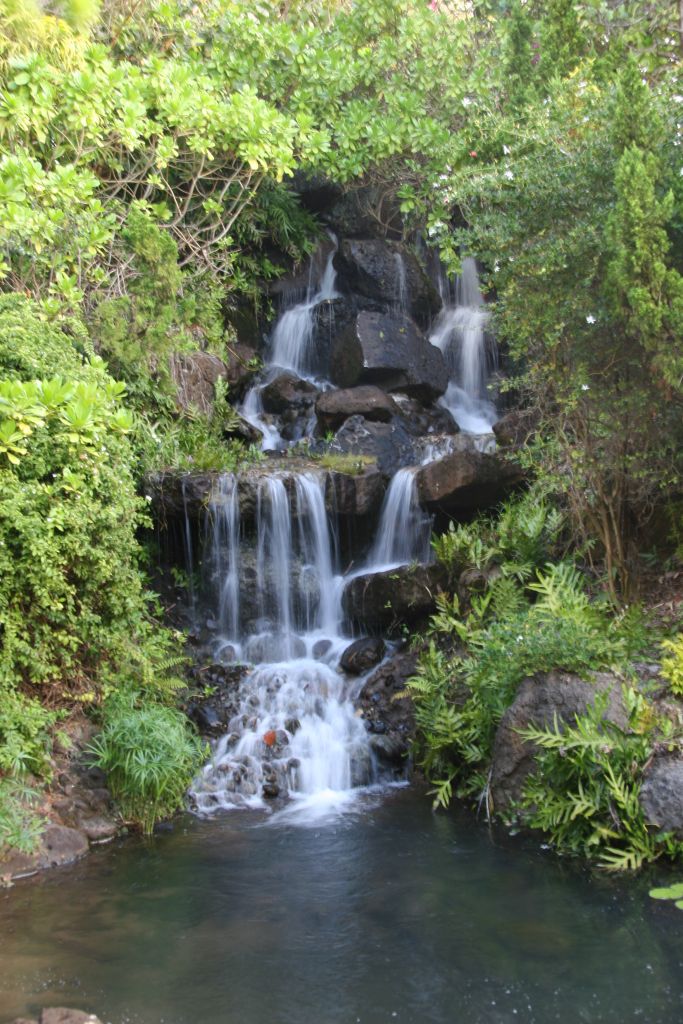Linking models to outcomes: How do Hawaiʻi stakeholders use and contribute to land-to-sea ecosystem service analyses

Pacific Island societies value, depend on, and actively manage terrestrial and marine ecosystems for the multiple benefits they provide, including those associated with plant and animal abundances, resilience to natural disasters, and the flow of water, soil, and nutrients. New ecosystem service models developed for Pacific Island landscapes now integrate land-to-sea connections, allowing us to assess how land-based management actions and threats (e.g. changes to climate and land cover) affect ecosystem benefits, from ridge to reef. Affecting actual change on the ground, however, depends on how scientific information is accessed and used by managers and other decision makers who have the capacity to influence ecosystem conditions.
Organizations that tackle ecosystem-level management and conservation have multiple objectives and multiple uses of science that vary, based on their capacity and scope of work. The primary goal of this project is to determine and compare how ecosystem service models meet, and fail to meet, the needs of organizations undertaking ecosystem-level management and conservation actions at different scales. The project will adapt a suite of ecosystem service models of fire risk, water yield, sediment delivery, reef health, and terrestrial habitat quality. These models will be developed by the research team in collaboration with the Hawaiʻi State Division of Aquatic Resources and the Division of Forestry and Wildlife to meet statewide, agency-level objectives, and with the South Kohala Coastal Partnership to meet watershed, community-level objectives.
The process of co-developing scenarios that link current and potential management actions to ecosystem service outcomes, as well as collaboratively interpreting model results, can help clarify how science can be made most useful for managers adapting to changes in climate and land cover at different scales. In particular, results will highlight how land managers conceptualize ecosystem benefits and change, justify funding and expenditures, and make strategic decisions on the ground. A technical guide will capture these lessons to facilitate future collaborations and identify critical gaps in Pacific Island ecosystem service models.
PROJECT DETAILS
FUNDED:
FY2021
PI:
Clay Trauernicht
Ecosystem and Fire Extension Specialist, NREM, UH Mānoa
Collaborators:
Tamara Ticktin
College of Life Sciences, UH Mānoa
Jade Delevaux
Stanford University, The Natural Capital Project
Leah Bremer
UHERO/WRRC, UH Mānoa
Julia Rose
South Kohala Coastal Partnership
Emma Yuen
Hawaiʻi Division of Forestry and Wildlife
Casey Ching
Hawaiʻi Division of Aquatic Resources

